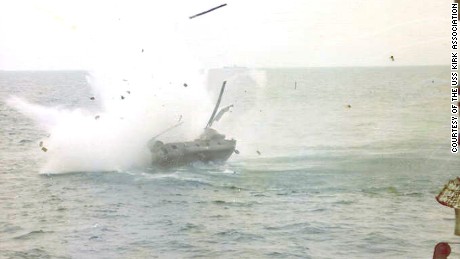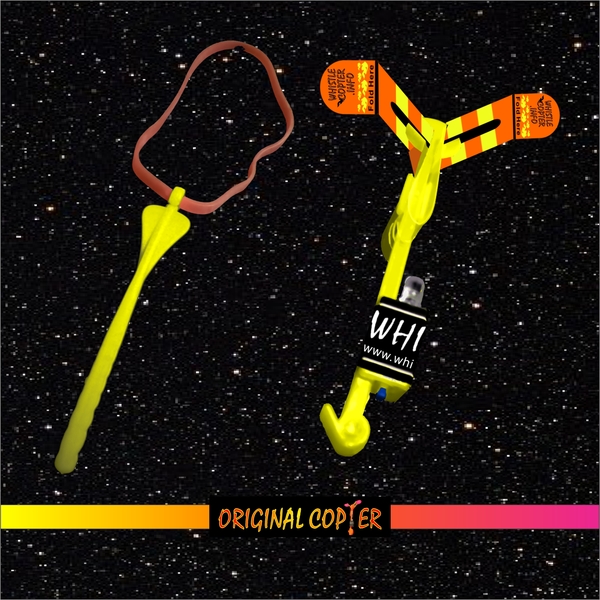
Ī Mars Precision Lander mission has been studied under ESA contract within the Mars Robotic Exploration The paper will present details of the design and testing of the sub-scale vehicle as well as outline details of the full-sized platform which will be able to flight-test lander instrumentation, payloads and propulsion subsystems. A sub-scale vehicle, based on a 300N throttleable bipropellant thruster, has been constructed and static tested.

To address this need, a project is underway at Airborne Engineering to develop a VTVL technology demonstrator.


However, there is a need for access to such a vehicle in Europe for evaluating technologies such as LIDAR instruments and for validating hazard detection and avoidance algorithms. VTVL platforms have been developed in the USA, such as the NASA Morpheus project. These technologies require testing in a representative environment, such as on a VTVL (vertical takeoff, vertical landing) vehicle. This kind of mission requires the development of technologies such as autonomous landing and hazard avoidance. There is increasing interest within Europe in carrying out a robotic Lunar or Martian planetary landing mission. The main innovation factor of the proposed mission consists in the adoption of small multi-copter UAVs, also called “drones”, as remote sensing platforms The innovative mission architecture proposed in this study aims at providing a complete coverage of the surface and lowest atmospheric layers. The concept would return incomparable scientific data and can be also potentially implemented with a relatively low budget exploiting of the shelf components to the larger extent, small identical spacecraft buses and modular low-cost drones. Such capsule has been sized both in terms of mass (68 kg) and power (80 W), showing to be compatible with 500 kg-class spacecraft.Īs a general conclusion, the study shows the mission concept feasibility. In the mission scenario proposed the drone is assumed to be delivered on the Mars surface by means of a passive entry capsule, which acts also as docking station and charging base. Flight endurance, weight and drone size have been considered as the driving design parameters for the selection of the final configuration, which is characterized by 6 rotors, a total mass of about 6.5 kg and a flight endurance of 28 minutes.

Four candidate drone configurations have been selected as the result of a sensitivity analysis. The low thrust Earth-Mars transfer is designed by means of an optimization approach resulting in a duration of slightly more than 27 months with a propellant amount of about 125 kg, which is compatible with the choice of considering a 500 kg-class spacecraft. The three key enabling technologies of the proposed mission are the usage of small satellites (used in constellation with a minimum of three), the usage of electric propulsion systems for the interplanetary transfer (to reduce the propellant mass fraction) and lightweight, efficient, drones designed to operate in the harsh Mars environment and with its tiny atmosphere. The Mars surface exploration is conceived by means of a fleet of drones flying among a set of reference points (acting also as entry capsules and charging stations) on the surface. The paper deals with the study of an innovative unmanned mission to Mars, aiming at acquiring a great amount of detailed data related to both Mars atmosphere and surface.


 0 kommentar(er)
0 kommentar(er)
